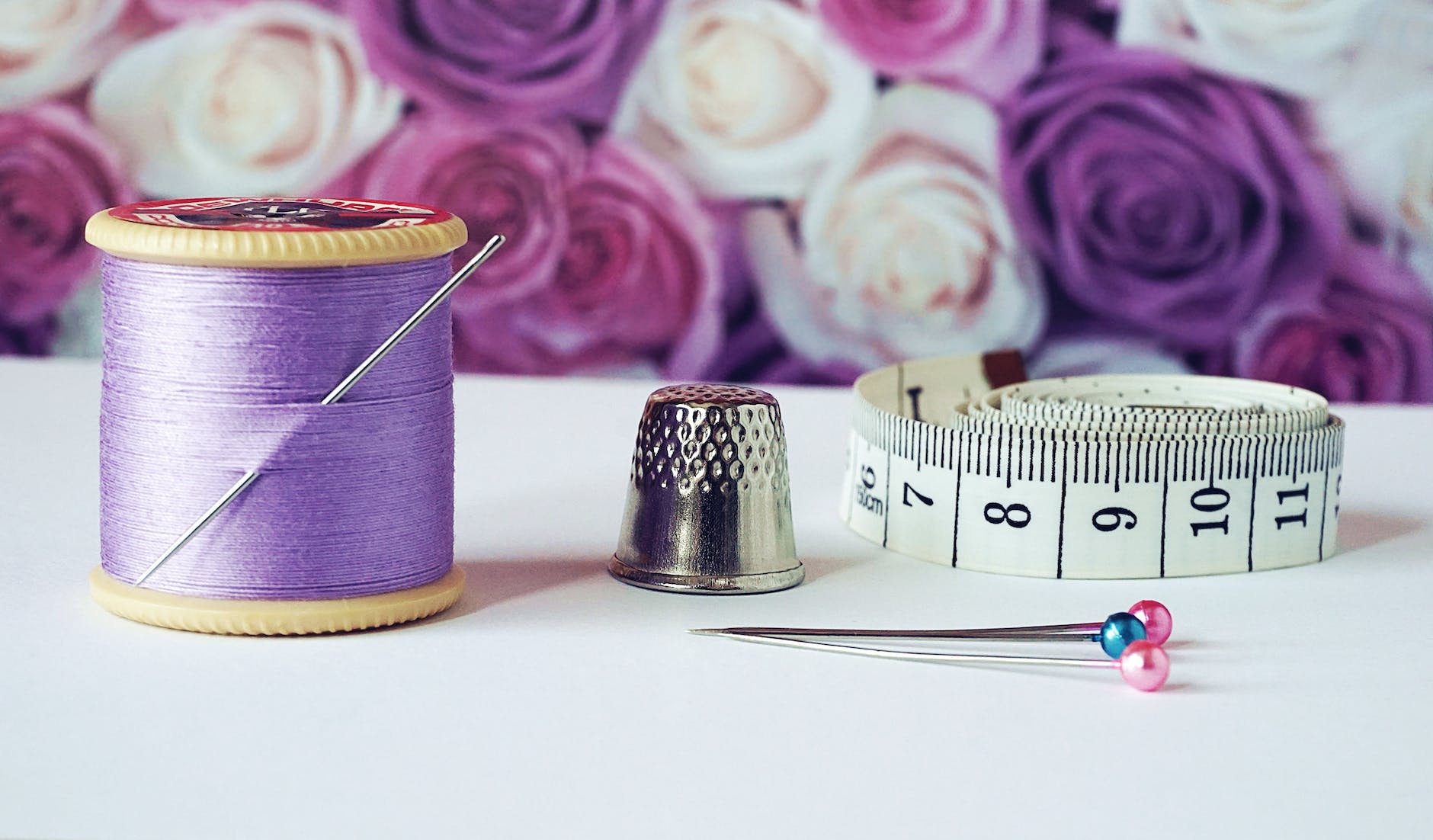sewing with quilting: creating beautiful patchwork designs
Quilting is a true art form that beautifully merges the realms of sewing and creativity. It’s a skill that goes beyond just stitching fabric together; it’s about creating something truly special. Whether you’re making a cozy blanket for a loved one or adding a touch of charm to your home decor, quilting allows you to explore a multitude of possibilities.
Imagine being able to combine different fabrics, patchwork techniques, and decorative stitching to bring your unique vision to life. With a little understanding of quilt construction, you can unlock a whole new world of possibilities. Not only can you create stunning blankets, but you can also venture into the realm of quilted garments, accessories, toys, and even wall art.
The beauty of quilting lies in the attention to detail and the meticulous craftsmanship that goes into each piece. It’s about choosing the perfect combination of fabrics, colors, and patterns to create a visual tapestry that tells a story. The possibilities are endless, and the results are truly extraordinary.
So, whether you’re a seasoned quilter or just starting your quilting journey, dive into this captivating craft. Learn the essential techniques, explore different quilt designs, and let your imagination take flight. Discover the joy of quilting and create cherished heirlooms that will be treasured for generations to come.
Benefits of Quiltmaking for Sewers
- Opportunity to showcase and preserve precious fabric collections in heirlooms
- Portable projects providing entertainment, artistry, and mindfulness
- Blends utility and artistry in functional mixed media
- Development of specialized skills like precise cutting and patchwork piecing
- Allows creativity arranging colors, prints, textures
- Resulting products become cherished keepsakes full of memories
- Finished quilts make wonderful meaningful gifts
Essential Steps in Quiltmaking
Piecing – Sew fabric pieces into patchwork blocks and panels following a planned layout.
Assembling – Join blocks and panels together into a finished top. Sashings and borders frame.
Batting – Cut batting and backing fabric each slightly larger than the quilt top.
Basting – Create a quilt sandwich by layering the backing, batting, and top. Baste the layers together.
Quilting – Stitch through all layers decoratively to secure. Hand quilt or machine quilt.
Binding – Enclose raw edges using bias tape folded over quilt front. Stitch neatly by hand or machine.
Piecing Methods for Patchwork Quilts
Traditional piecing – Cut fabric into precise shapes with seam allowances using templates or rulers.
Paper piecing – Sew fabric pieces to paper templates, then tear away paper. Ensures accuracy.
English paper piecing – Cut shapes slightly oversized, fold edges over paper, then whipstitch pieces together.
Strip piecing – Join strips of various fabrics end-to-end before subcutting into units like squares.
Foundation piecing – Stitch onto printed paper foundation following numbered diagrams. Tear away after.
Improv piecing – Arrange fabrics spontaneously without strict measuring. Relies on overall effect.
Adding Dimension with Embellished Quilting
- Quilt meaningful words, lyrics, or sayings in the stitching
- Use decorative stitches like swirls and stars for background fillers
- Incorporate appliques, ruffles, buttons, charms, ribbon for depth
- Trapunto – Stuff areas between quilting stitches to create raised relief
- Couch yarns, trims, and cording through quilting lines
When you combine the artistry of patchwork with exquisite decorative elements, it results in breathtaking textural masterpieces. Explore the world of specialized techniques that can help you create cherished quilted items. Discover the art of decoupage and learn how to transform old objects into stylish treasures. Visit our blog for more information and inspiration! Link
